Piercy & Company crafts co-working space in Victorian warehouse for Fora
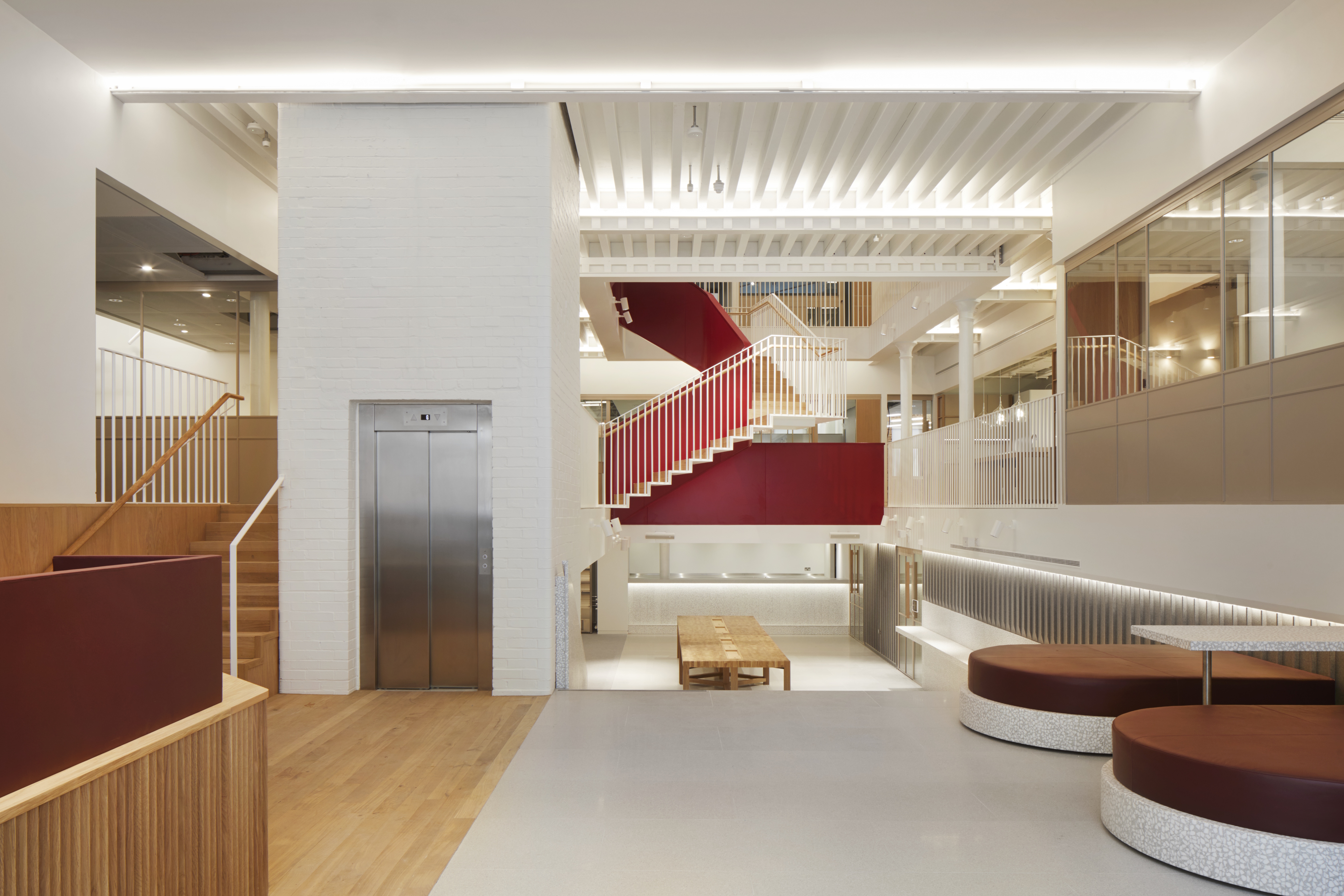
Fora has opened a ninth co-working space in London, in a Victorian warehouse just off Brick Lane that has been refurbished and redesigned by Piercy & Company. The British architecture and design studio brings in its signature, contemporary approach to craft, as seen at projects such as this Savile Row HQ or their recently completed west London church.
Located in the Fournier Street Conservation Area, a treasured part of town, where history, industry, immigration and culture are scrawled artfully across the architecture, the original warehouse building dating back to the mid 19th century was an important asset to the new design. The architects describe it as a ‘soft, textured shell into which new elements could be placed’. Perimeter brick walls – previously white, and now painted dark grey on the façade – were maintained, as was original timber and cast iron elements inside the building.
The original building also guided the design of the new two-storey extension, which floats on top of the warehouse, stepped back to create terraces and clad in lots of glazing to bring natural daylight into the core of the building (lighting was a key issue in the existing structure). This meant the character of the warehouse was retained, whilst also creating 23,000 sq ft of co-working space.
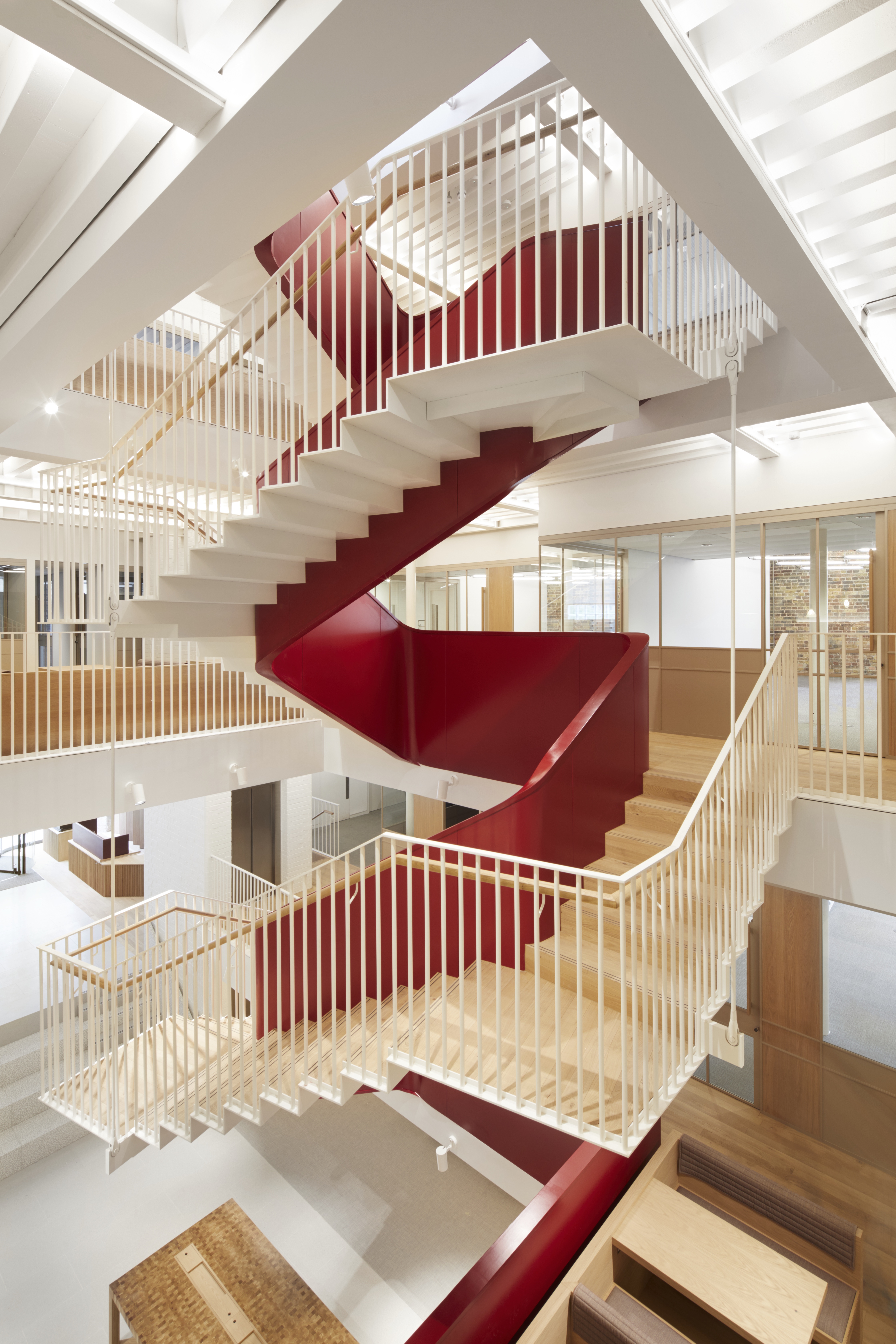
With plenty of light-filled areas to play with, the architects cast a suspended staircase into the heart of the design. Somewhat of a statement staircase, the red metal construction unfolds like a piece of origami through the building, opening up sightlines and connecting people across the space.
In an over-saturated co-working space market, Fora’s unique offering is its expertise in hospitality – the business was co-founded by Katrina Larkin, co-founder of the Big Chill festival, and Enrico Sanna, hospitality entrepreneur. Their belief is that comfortable workspaces aid productivity and focus, and each of the spaces – there’s Foras in Clerkenwell, Borough, Reading, Fitzrovia and Soho too – aim to bring a member’s club style vibe.
RELATED STORY
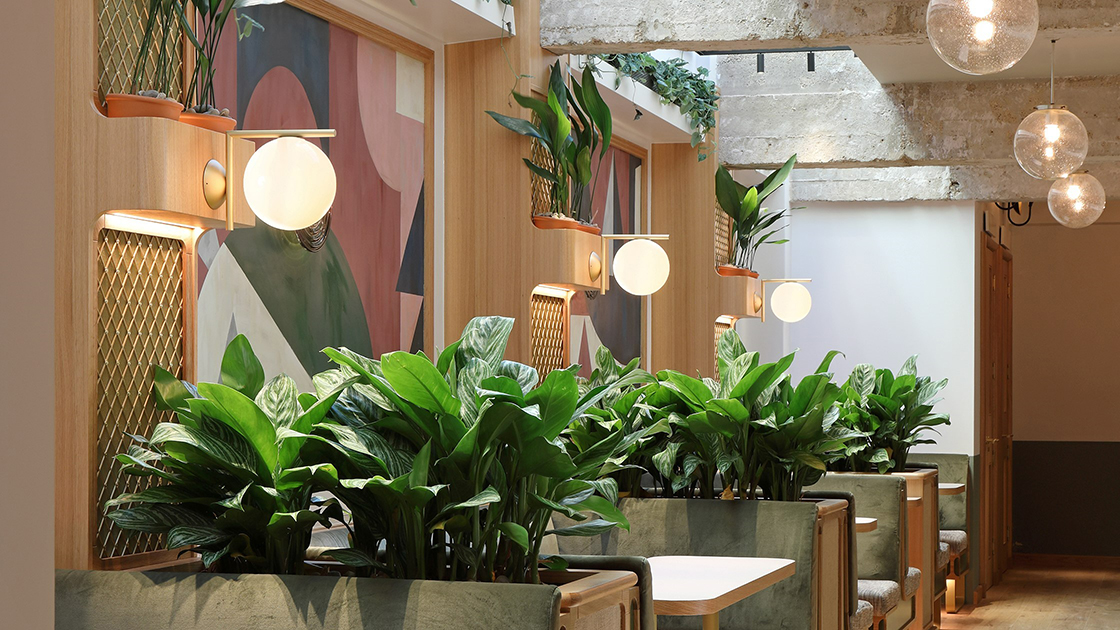
Piercy & Company interpreted this ethos at the Brick Lane location through the ‘hotel-lobby type of arrival experience’ and the informal shared spaces, such as the residents' lounge and kitchens, which are ‘detailed in rich, enduring materials and flow seamlessly without doors or barriers’, explain the architects.
Instead of having a flexible space with floating elements, the architects wanted to bring a sense of permanence to this workspace. The team designed many bespoke areas, such as the stepped terrazzo event space in the lobby or the ring of focussed desks surrounding the core atrium that bring a timeless quality to the building and its use. They intended to create a sense of belonging and a ‘solid, grounded feel, providing a sense of privacy and focus.’
To make this happen, Piercy & Company collaborated with joinery and terracotta specialists to weave a handcrafted aesthetic throughout the space. ‘Realm Joinery helped us to create a family of materials and details across the suite of furniture elements,’ say the architects. Darwen Terracotta collaborated on the bespoke terracotta Belfast sinks in the wash rooms and in-built storage for hand towels and bins. This carefully orchestrated sense of crafted detail can be seen elsewhere in the up-lit floorplates and seamless timber plank flooring, artwork-filled picture shelves, upholstered phone booths and softly lit library spaces.
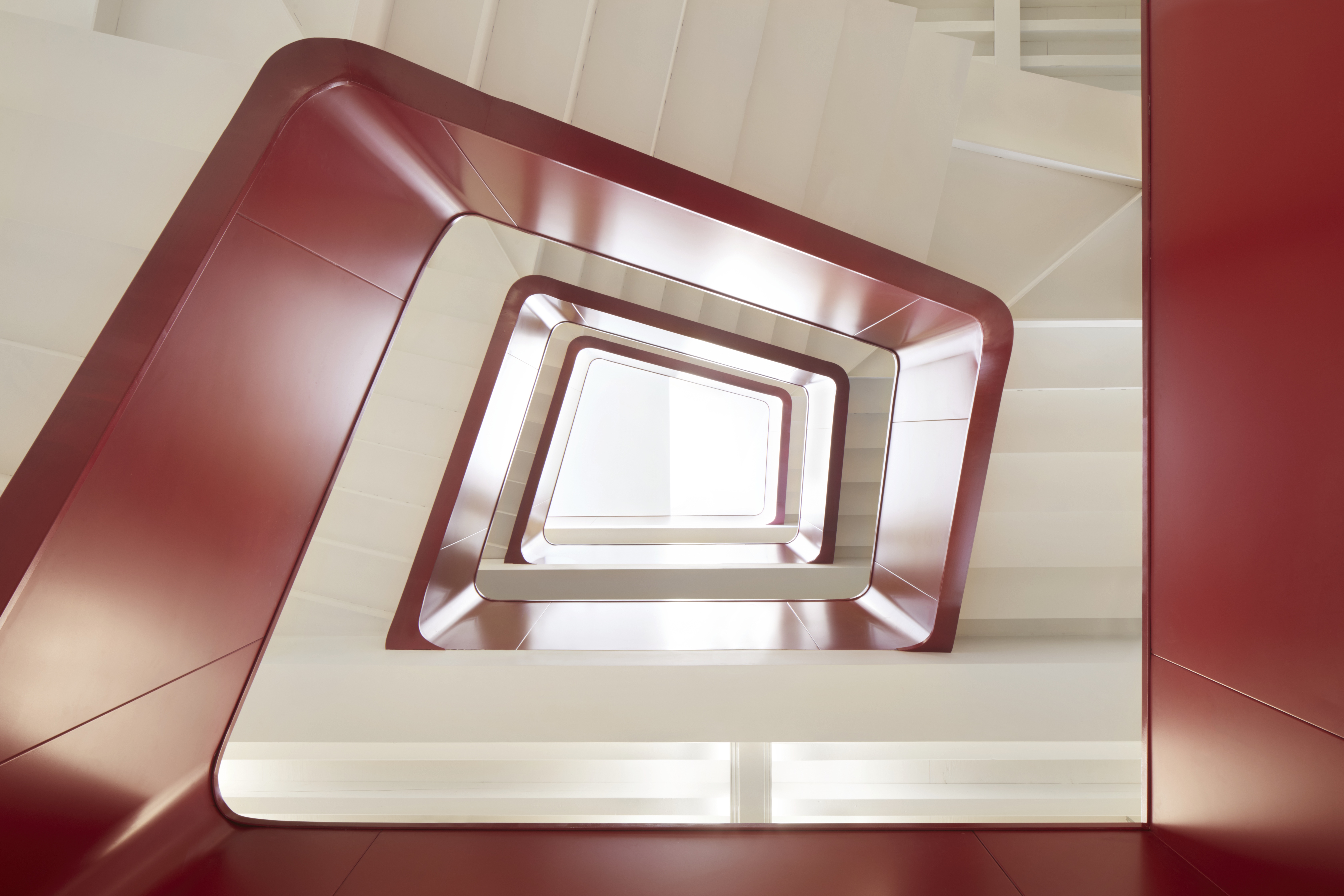
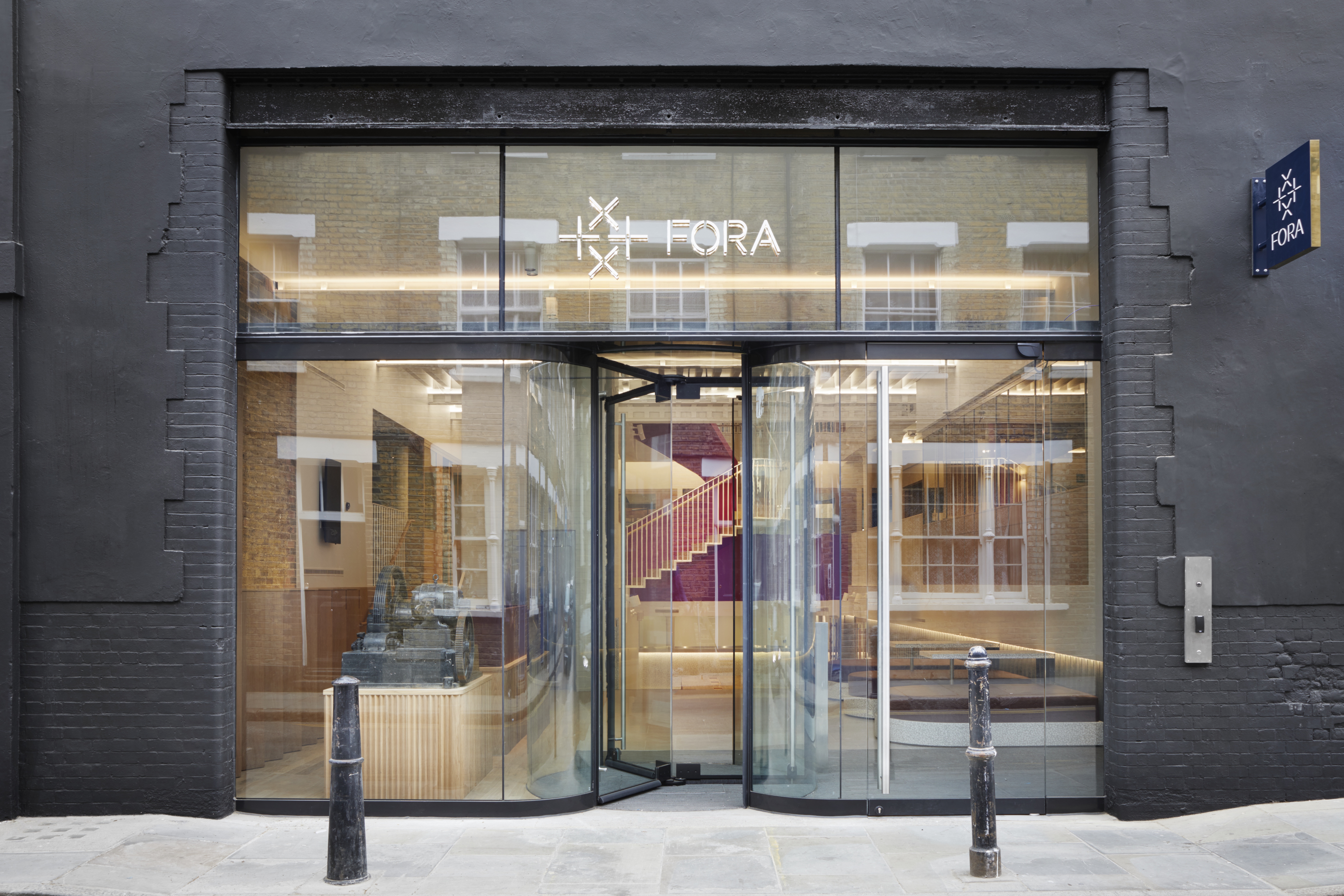
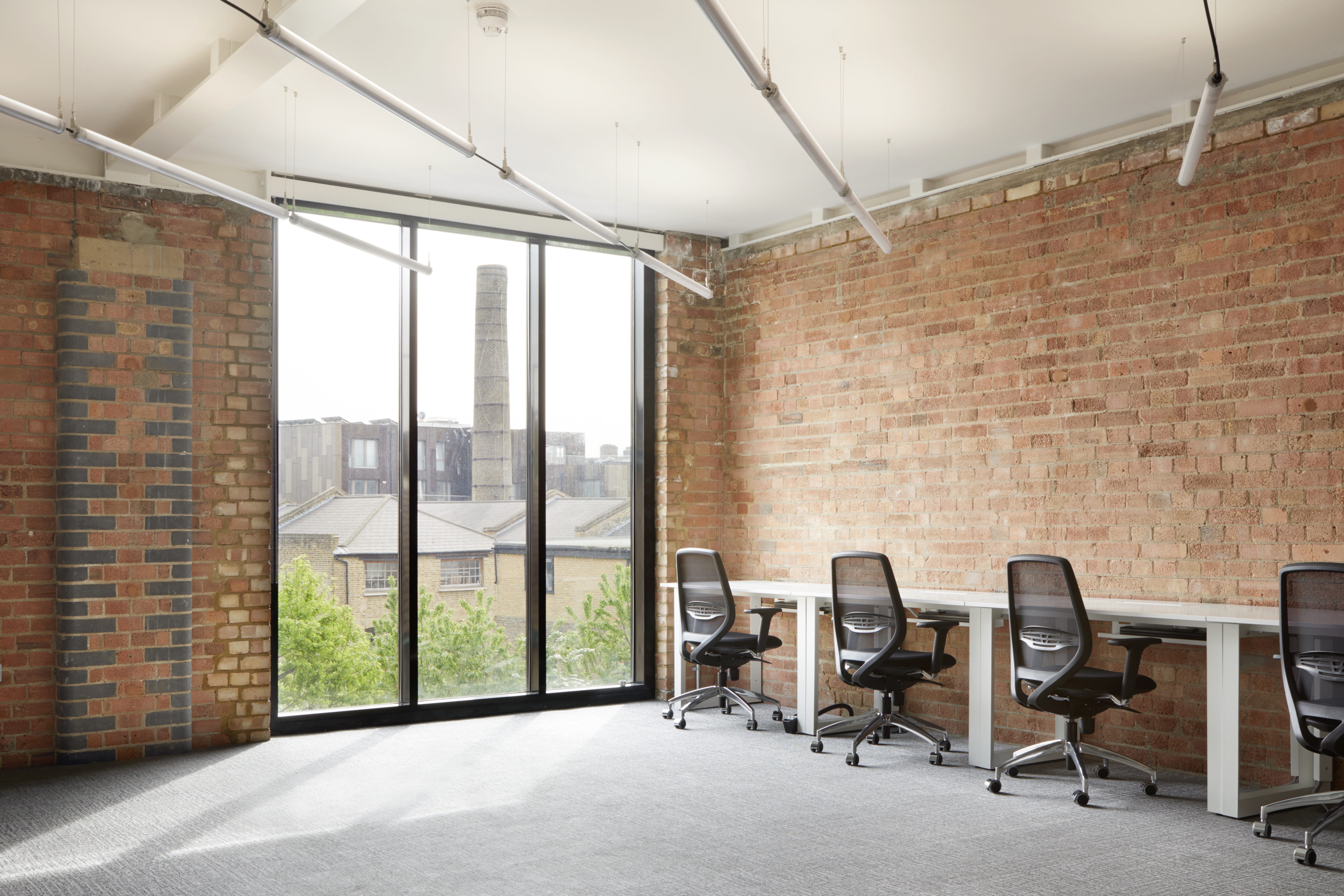
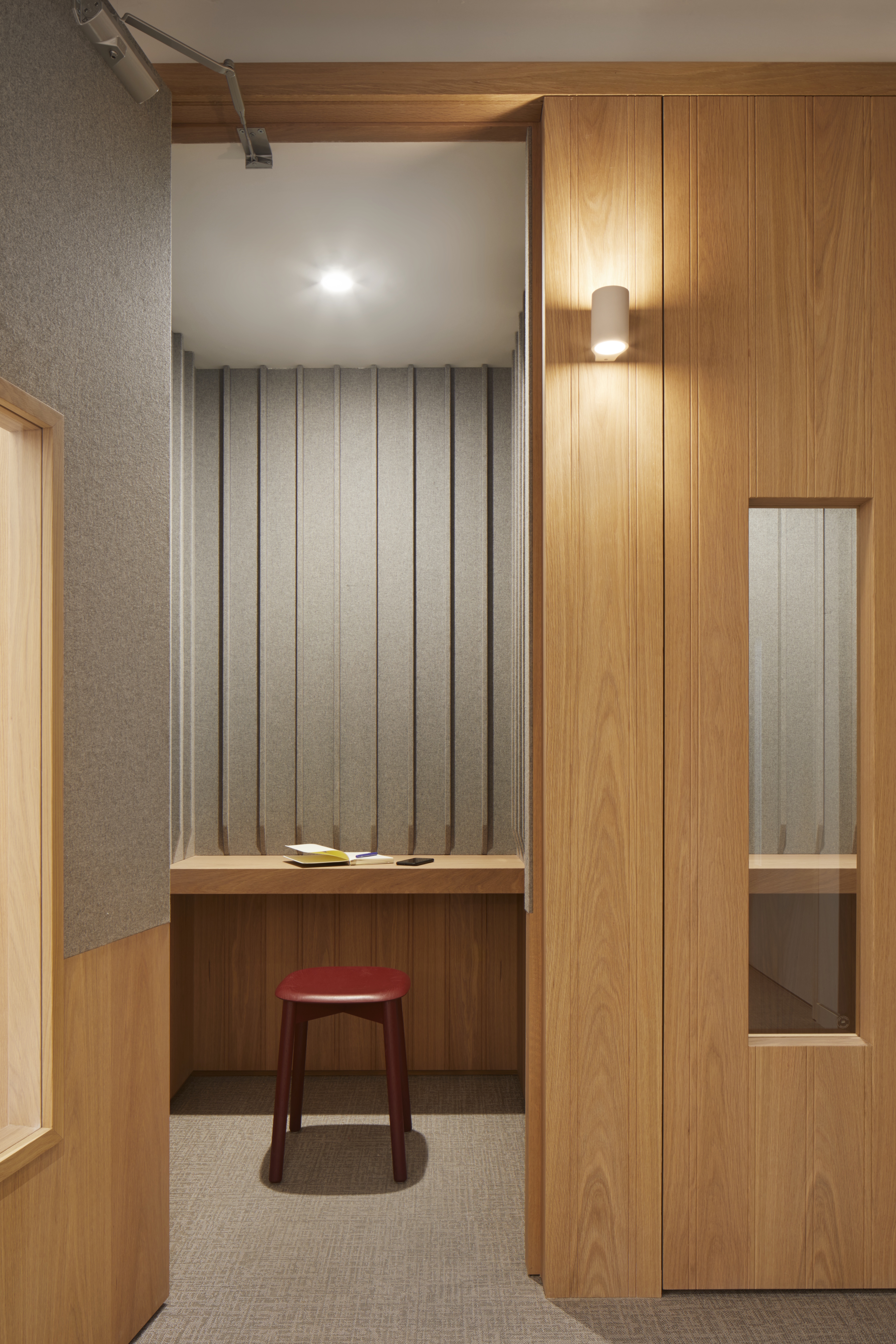
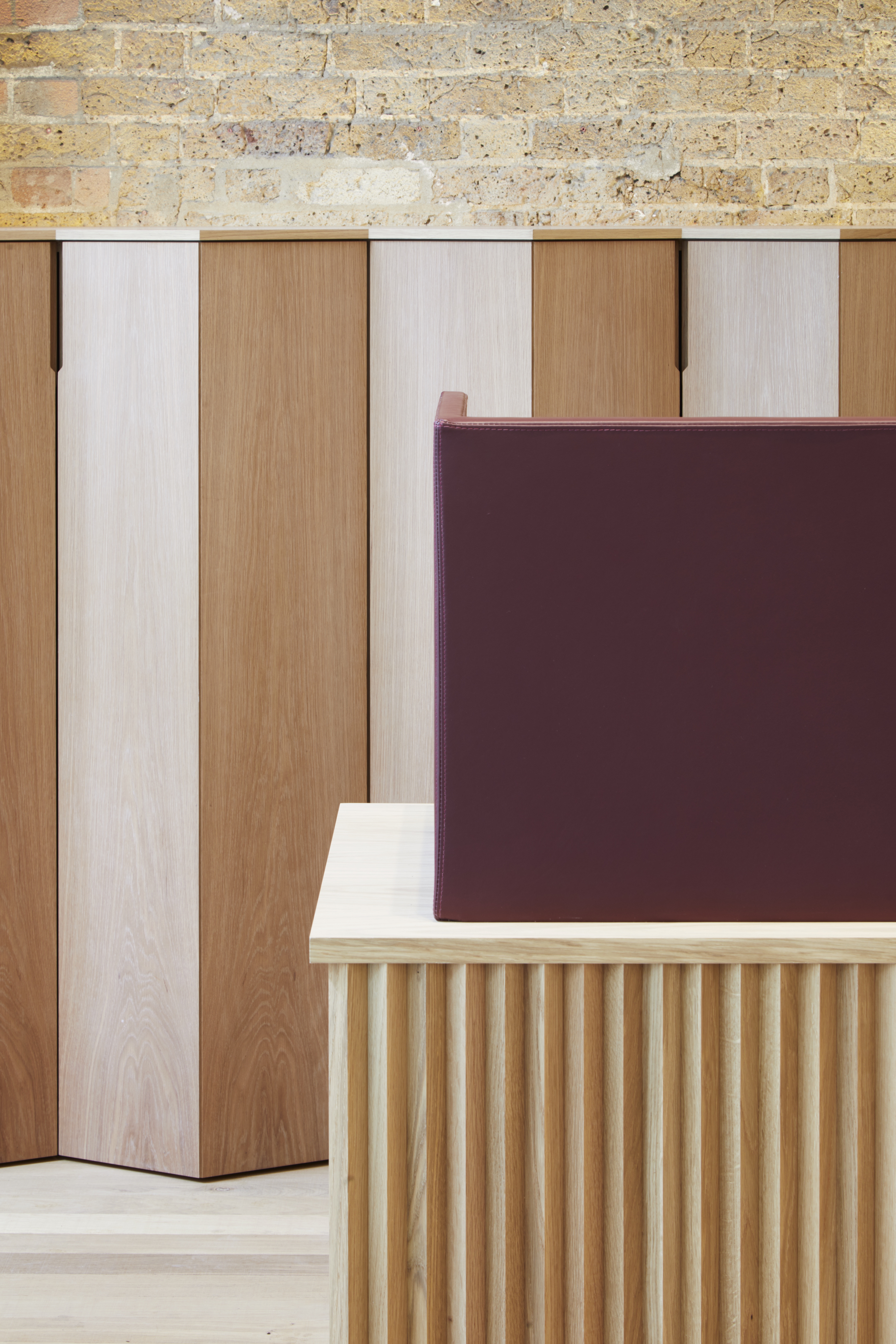
INFORMATION
Wallpaper* Newsletter
Receive our daily digest of inspiration, escapism and design stories from around the world direct to your inbox.
Harriet Thorpe is a writer, journalist and editor covering architecture, design and culture, with particular interest in sustainability, 20th-century architecture and community. After studying History of Art at the School of Oriental and African Studies (SOAS) and Journalism at City University in London, she developed her interest in architecture working at Wallpaper* magazine and today contributes to Wallpaper*, The World of Interiors and Icon magazine, amongst other titles. She is author of The Sustainable City (2022, Hoxton Mini Press), a book about sustainable architecture in London, and the Modern Cambridge Map (2023, Blue Crow Media), a map of 20th-century architecture in Cambridge, the city where she grew up.
-
 Japan in Milan! See the highlights of Japanese design at Milan Design Week 2025
Japan in Milan! See the highlights of Japanese design at Milan Design Week 2025At Milan Design Week 2025 Japanese craftsmanship was a front runner with an array of projects in the spotlight. Here are some of our highlights
By Danielle Demetriou
-
 Tour the best contemporary tea houses around the world
Tour the best contemporary tea houses around the worldCelebrate the world’s most unique tea houses, from Melbourne to Stockholm, with a new book by Wallpaper’s Léa Teuscher
By Léa Teuscher
-
 ‘Humour is foundational’: artist Ella Kruglyanskaya on painting as a ‘highly questionable’ pursuit
‘Humour is foundational’: artist Ella Kruglyanskaya on painting as a ‘highly questionable’ pursuitElla Kruglyanskaya’s exhibition, ‘Shadows’ at Thomas Dane Gallery, is the first in a series of three this year, with openings in Basel and New York to follow
By Hannah Silver
-
 This 19th-century Hampstead house has a raw concrete staircase at its heart
This 19th-century Hampstead house has a raw concrete staircase at its heartThis Hampstead house, designed by Pinzauer and titled Maresfield Gardens, is a London home blending new design and traditional details
By Tianna Williams
-
 An octogenarian’s north London home is bold with utilitarian authenticity
An octogenarian’s north London home is bold with utilitarian authenticityWoodbury residence is a north London home by Of Architecture, inspired by 20th-century design and rooted in functionality
By Tianna Williams
-
 What is DeafSpace and how can it enhance architecture for everyone?
What is DeafSpace and how can it enhance architecture for everyone?DeafSpace learnings can help create profoundly sense-centric architecture; why shouldn't groundbreaking designs also be inclusive?
By Teshome Douglas-Campbell
-
 The dream of the flat-pack home continues with this elegant modular cabin design from Koto
The dream of the flat-pack home continues with this elegant modular cabin design from KotoThe Niwa modular cabin series by UK-based Koto architects offers a range of elegant retreats, designed for easy installation and a variety of uses
By Jonathan Bell
-
 Are Derwent London's new lounges the future of workspace?
Are Derwent London's new lounges the future of workspace?Property developer Derwent London’s new lounges – created for tenants of its offices – work harder to promote community and connection for their users
By Emily Wright
-
 Showing off its gargoyles and curves, The Gradel Quadrangles opens in Oxford
Showing off its gargoyles and curves, The Gradel Quadrangles opens in OxfordThe Gradel Quadrangles, designed by David Kohn Architects, brings a touch of playfulness to Oxford through a modern interpretation of historical architecture
By Shawn Adams
-
 A Norfolk bungalow has been transformed through a deft sculptural remodelling
A Norfolk bungalow has been transformed through a deft sculptural remodellingNorth Sea East Wood is the radical overhaul of a Norfolk bungalow, designed to open up the property to sea and garden views
By Jonathan Bell
-
 A new concrete extension opens up this Stoke Newington house to its garden
A new concrete extension opens up this Stoke Newington house to its gardenArchitects Bindloss Dawes' concrete extension has brought a considered material palette to this elegant Victorian family house
By Jonathan Bell